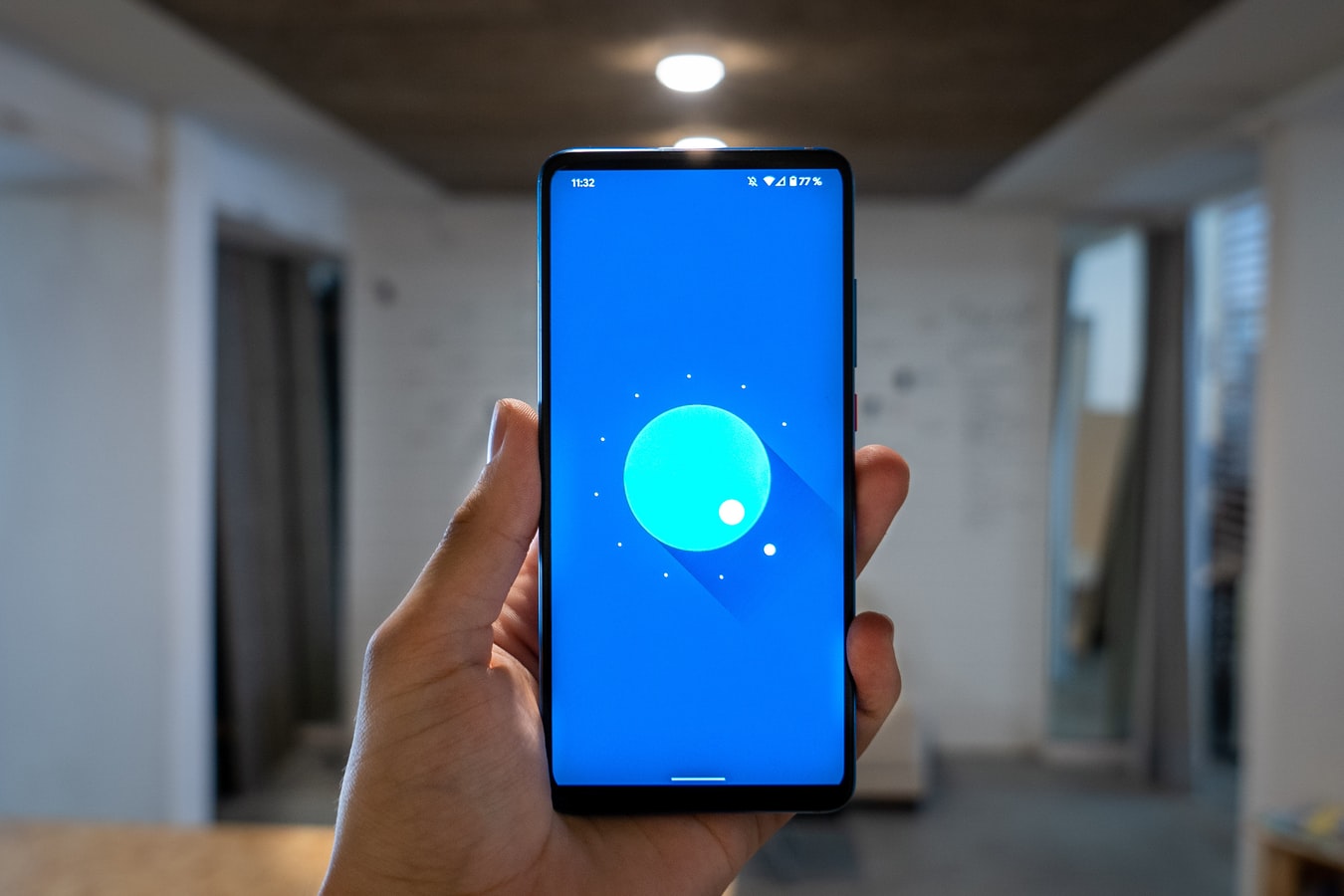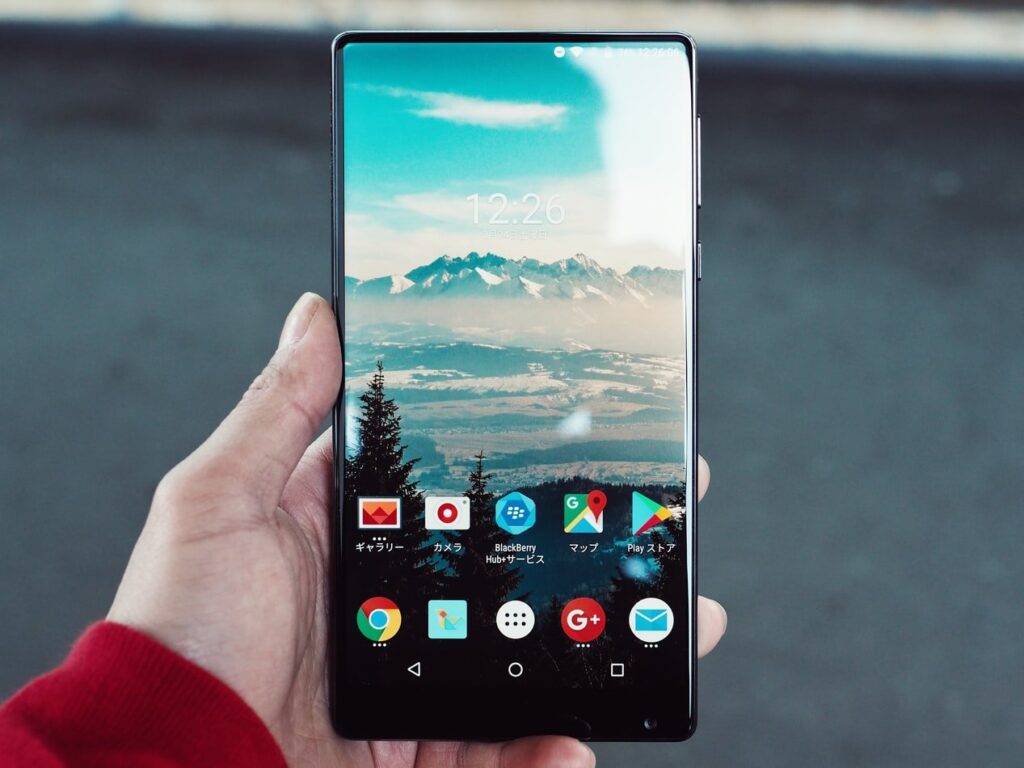Android’s open source operating system is a reliable and efficient operating system as we Android users know. But nothing is perfect. The operating system still requires frequent updates to fix security holes and remove outdated features. Those software update pop-ups on your phone screen that you put off until “tomorrow” has a purpose, you know. Call it self-improvement.
So if you need to play a software update catch-up, you don’t have to wait for this pop-up notification to reappear. You can easily access your device information and find out its current version and update accordingly.
How to find the current version of your Android

With every software update comes a series of changes, big and small. If you are a Samsung Galaxy user, you will notice that one of the biggest changes that hit Android 10 in 2019 was around DeX; you can no longer use DeX with Linux OS applications. Android released its latest software update, Android 11, in September 2021. It has several new and improved features, such as memory management, user interface, apps, and more.
Most likely, you probably have Android OS 8 or 9 and could use an upgrade. Don’t know which version you have? Looked!
- Go to settings
- Scroll down until you find About phone, device, or system. Select it.
- Click Android Version. Here you will see all the information you need about your current operating system.
Check for a software update
In general, Google is kind enough to let its customers know when a new version of Android is available. In this case, just follow the prompt. The system will update and restart the phone.
If by any chance you are not receiving automatic updates (or if you ignored the update request and the prompt disappeared), follow the steps below.
- Go to Settings> System.
- Next, click on Advanced and then on System Update to view the status of your update.
- Follow the steps shown on your screen.
How to update your Android operating system

There are several ways to update your Android operating system. If you’ve used one method and don’t particularly care about it, try a different one.
From the Settings menu
Before updating this way, make sure you connect your Android device to the internet, either through Wi-Fi or cellular data.
- Go to your system’s apps and tap the gear icon to open settings.
- Tap About phone.
- Then tap Check for updates. If the Update button appears, it confirms that an update is available. Select it.
- After that, you can install the new version of the operating system. You will see one of these options: Install Now, Install System Software, Restart and Install, or any other option with the word Install. It depends on the version of the operating system and the device you are using. Click on one of the options above.
Use of manufacturer’s website
Usually all manufacturers have a customer support website. Here, consumers can download drivers and system updates for particular models, ask questions, share information, and exchange ideas. From your device browser, visit the website and download the appropriate operating system update.
Via your PC
Although not all device manufacturers do, most sell their devices with a manual that shows you how to connect to your personal computer. Connect your tablet to your computer before launching its proprietary software and obtain the user manual. By logging into your PC, you can load your new operating system.
Google Play system updates and security updates
Android automates system updates and security patching services. This way you don’t even have to think about it. It just happens! However, you can manually know the availability of an update through Google.
- Go to your system apps and click on the gear icon to open settings.
- Select Security.
- For Google Play system update, click Google Play System Update.
- For security updates, click Security Update.
- Your device will then ask you to complete the update.
Troubleshooting Android Update Problems
Although Android controls the largest market share, a little more 70% of the market, it is likely to face many problems related to its operations. Upgrading your Android may fix some of these issues. However, the update process itself may have issues depending on your device.
Below are two common issues that users face while updating their Android.
Update fails
When your upgrade doesn’t complete, you can usually blame it on a bad internet connection. Check the stability of your connection and connect to another Wi-Fi network, use cellular data, or move closer to the router.
The other reason why this could happen is if you are running out of storage space. Updates come with firmware packages that require a lot of space. Just browse your phone and delete junk files.
Error notification
Do you receive an error notification? This is a sign that your update was interrupted by something. It can be anything from internet instability to a soft brick device.
To resolve this issue, restart your phone and start the download again.
Customize your Android operating system using developer options

Unlike other operating systems like iOS, Android developers can modify and customize the operating system of each smart device using developer options. This is what makes it open source. You will need to enable Developer Options first.
- Go to settings.
- Click on About phone.
- Tap Software Information.
- When you get to the build number, tap it seven times.
- You will see a message saying: “Developer mode has been activated.”
By successfully enabling Developer options, you can enable and disable USB debugging, change animation settings, allow simulation location, show CPU usage overlay, and access other hidden features. If you are not a developer, it is advisable to leave the developer options disabled by default. Otherwise, you might end up interfering with crucial settings.
Conclusion
Some people tend to think of update requests as an annoying pop-up – but it isn’t. Each update improves the capabilities of the system and aims to provide a better user experience. An error can occur, but using simple strategies can help you eliminate these errors. By following the steps above, it is easy to check and update your Android.
